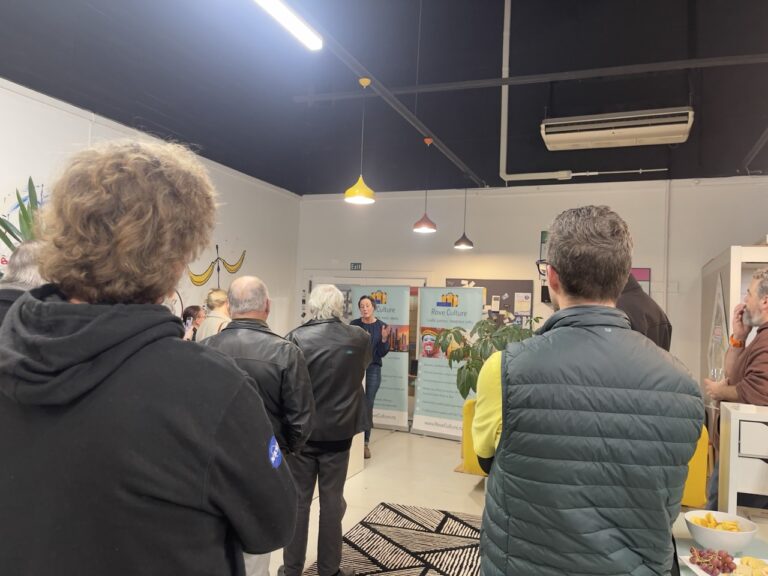Whether you’re applying for a grant, presenting to the Council, entering a startup competition, or just trying to get buy-in from a potential collaborator, a great pitch deck is your secret weapon.
And no, it’s not about flashy animations. It’s about clarity, confidence, and connection.
Here’s a simple, step-by-step guide used by successful GoCarterton members to build pitch decks that get results, from local markets to big-stage opportunities.
1. Start with the Problem
Open with what’s broken, and why it matters.
Your audience should instantly understand the challenge you’re solving.
Ask yourself:
- Who’s affected by this problem?
- How serious is it?
- Why is now the time to fix it?
“We started because Carterton had no after-school care that worked for shift-working parents.”
— [Insert member quote]
2. Present Your Solution
Next: How does your business solve the problem?
Make it simple, visual, and memorable.
Try this formula:
We help [target group] do [result] by [your product or service].
“We help small Wairarapa businesses get online in under 48 hours, using simple one-page sites and zero jargon.”
3. Show the Market
Even a small, local business needs to prove there’s demand. You’re not just building something clever, you’re building something people want.
Help your audience understand:
- How many people need what you’re offering?
- Where are they? (In Carterton? Wairarapa-wide? Online?)
- Is this market growing?
“Over 60% of Carterton’s retailers don’t sell online. That’s a missed opportunity we’re tackling head-on.”
If your market is niche, show passion and loyalty instead of volume. A tight, targeted customer base can be just as powerful.
4. Explain How You Make Money
Even if you’re not profit-driven (e.g. you’re a social enterprise), your audience needs to know how this sustains itself.
Be honest and specific:
- Do you sell a product or offer a service?
- Do customers pay once or on a subscription?
- Is your revenue recurring, seasonal, or grant-supported?
“We charge $29/month for a branded website and $5/month for hosting. It keeps the lights on, and the designs sharp.”
5. Share Progress & Your Timeline
A pitch deck isn’t just about ideas — it’s about momentum.
Your audience wants to know:
- What have you achieved already? (sales, trials, community feedback)
- What milestones are coming next?
- Are there any key risks, and how are you managing them?
Use a clean timeline graphic if you can.
6. Introduce the Team
People invest in people. So who are you?
- Why are you the right person (or team) to do this?
- Do you have relevant experience, lived insight, or passion?
- Mention any advisors, partners, or local collaborators.
Keep it real and relatable. For Carterton, authenticity matters more than LinkedIn polish.
“We’ve both worked in rural hospitality for over a decade, and we know how hard it is to get reliable bookings without digital tools.”
7. End with the Ask
Wrap up by telling your audience exactly what you want from them.
Some examples:
- “We’re asking for $10,000 to fund a delivery vehicle and initial marketing.”
- “We’re looking for two local businesses to join our pilot.”
- “We’re applying for the community innovation fund to scale our hours.”
Make it clear. Make it doable.
Bonus Pitch Deck Tips (Carterton Edition)
- Keep it to 10 slides or fewer
- Use real local photos when possible
- Replace jargon with plain English
- Practice your pitch with someone not in your industry
- Tailor tone to your audience: Council ≠ investor ≠ customer
And yes, pitch decks are welcome at GoCarterton events. Bring yours for feedback!
Need a Hand with Your Pitch?
We’re here to help. Join a workshop, connect with mentors, or get peer feedback at the next GoCarterton event.
📩 [Contact Us] 📆 [Check Events] 🧭 [Join GoCarterton]



